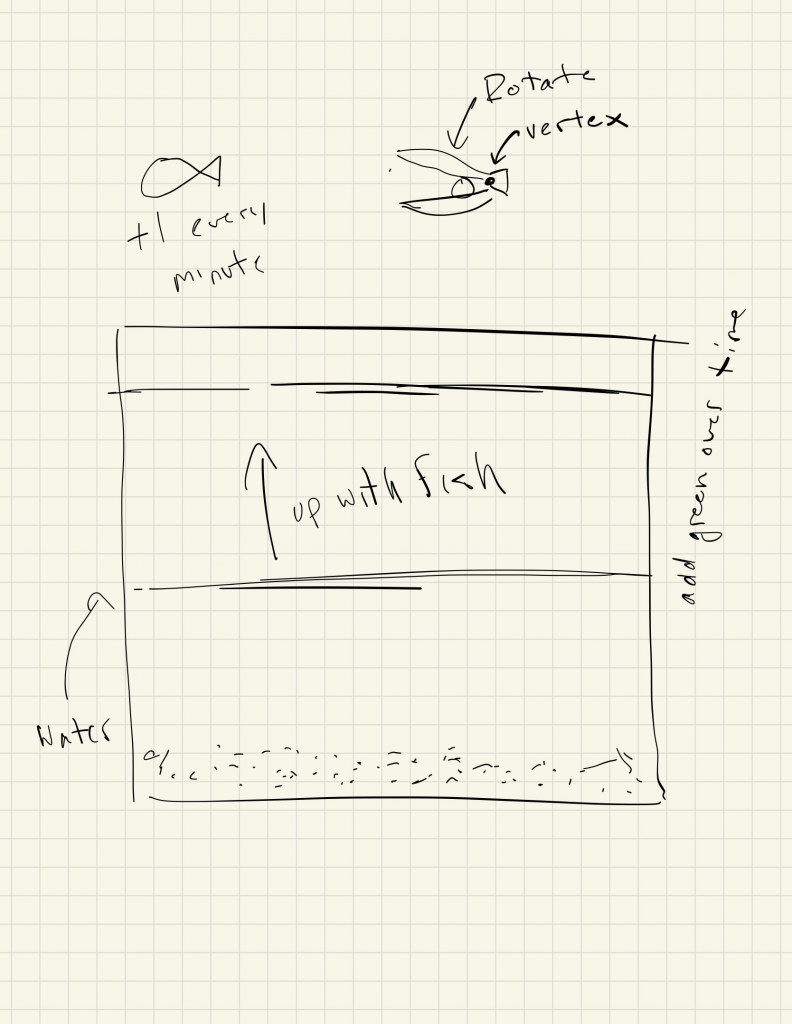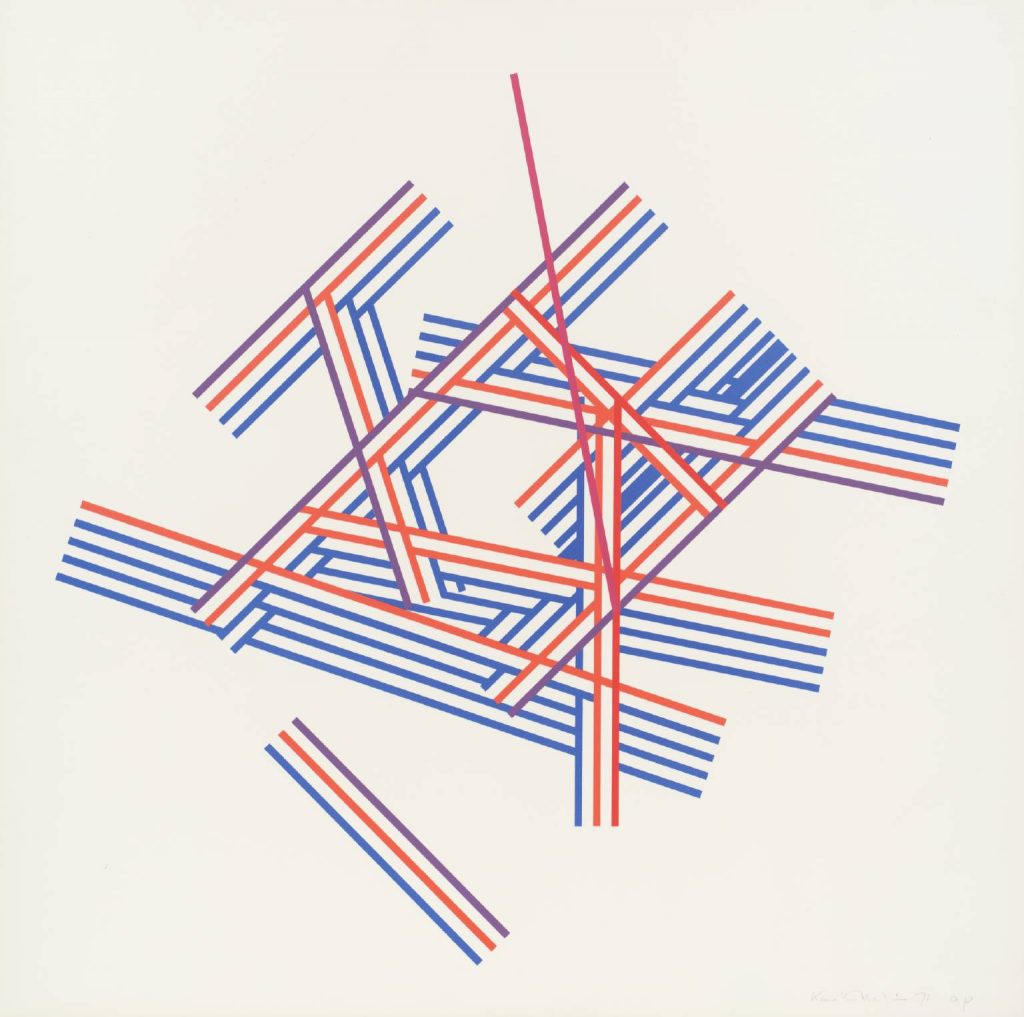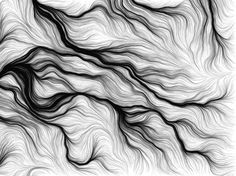Hi friends!! For those that don’t know me very well, I spend a lot of time talking about astrology. Instead of making a clock that tells the time per say, I made a clock that tells the current astrological sign in the ascendant, which changes every two hours. I know it’s not exactly the same goal as the project but look at my symbols for each sign! I spent so long making them!!
sketchDownload//To quickly explain, I'm making a clock for astrological rising signs in the Libra season (right now)
//Rising signs change every 2 hours
var x;
var y;
var h;
function setup() {
createCanvas(100, 650);
background(255);
text("p5.js vers 0.9.0 test.", 10, 15);
}
//symbols for eahc of the signs
function aries(x, y) {
strokeWeight(3);
beginShape();
curveVertex(x, y);
curveVertex(x, y);
curveVertex(x + 10, y - 16);
curveVertex(x + 25, y + 32);
curveVertex(x + 40, y - 16);
curveVertex(x + 50, y);
curveVertex(x + 50, y);
endShape();
}
function taurus(x, y) {
strokeWeight(3);
beginShape();
curveVertex(x, y);
curveVertex(x, y);
curveVertex(x + 25, y + 16);
curveVertex(x + 50, y);
curveVertex(x + 50, y);
endShape();
noFill();
circle(x + 25, y + 32, 32);
}
function gemini(x, y) {
strokeWeight(3);
line(x, y, x + 50, y);
line(x + 15, y, x + 15, y + 40);
line(x + 35, y, x + 35, y + 40);
line(x, y + 40, x + 50, y + 40);
}
function cancer(x, y) {
strokeWeight(3);
beginShape();
curveVertex(x, y);
curveVertex(x, y);
curveVertex(x + 25, y - 5);
curveVertex(x + 50, y);
curveVertex(x + 50, y);
endShape();
beginShape();
curveVertex(x, y + 35);
curveVertex(x, y + 35);
curveVertex(x + 25, y + 40);
curveVertex(x + 50, y + 35);
curveVertex(x + 50, y + 35);
endShape();
circle(x + 10, y + 7, 20);
circle(x + 40, y + 28, 20);
}
function leo(x, y) {
strokeWeight(3);
beginShape();
curveVertex(x, y);
curveVertex(x, y);
curveVertex(x - 10, y - 20);
curveVertex(x + 10, y - 24);
curveVertex(x + 20, y - 20);
curveVertex(x + 10, y + 20);
curveVertex(x + 20, y + 18);
curveVertex(x + 20, y + 18);
endShape();
circle(x - 10, y, 20);
}
function virgo(x, y){
strokeWeight(3);
line(x, y, x, y + 40);
beginShape();
curveVertex(x, y + 5);
curveVertex(x, y + 5);
curveVertex(x + 10, y);
curveVertex(x + 10, y + 40);
curveVertex(x + 10, y + 40);
endShape();
beginShape();
curveVertex(x + 10, y + 5);
curveVertex(x + 10, y + 5);
curveVertex(x + 20, y);
curveVertex(x + 20, y + 40);
curveVertex(x + 25, y + 45);
curveVertex(x + 25, y + 45);
endShape();
beginShape();
curveVertex(x + 20, y + 15);
curveVertex(x + 20, y + 15);
curveVertex(x + 35, y + 10);
curveVertex(x + 15, y + 45);
curveVertex(x + 15, y + 45);
endShape();
}
function libra(x, y) {
strokeWeight(3);
line(x, y, x + 50, y);
beginShape();
curveVertex(x, y - 10);
curveVertex(x, y - 10);
curveVertex(x + 15, y - 10);
curveVertex(x + 10, y - 30);
curveVertex(x + 25, y - 40);
curveVertex(x + 40, y - 30);
curveVertex(x + 35, y - 10);
curveVertex(x + 50, y - 10);
curveVertex(x + 50, y - 10);
endShape();
}
function scorpio(x, y) {
strokeWeight(3);
line(x, y, x, y + 40);
beginShape();
curveVertex(x, y + 5);
curveVertex(x, y + 5);
curveVertex(x + 10, y);
curveVertex(x + 10, y + 40);
curveVertex(x + 10, y + 40);
endShape();
beginShape();
curveVertex(x + 10, y + 5);
curveVertex(x + 10, y + 5);
curveVertex(x + 20, y);
curveVertex(x + 20, y + 40);
curveVertex(x + 25, y + 45);
curveVertex(x + 30, y + 40);
curveVertex(x + 30, y + 40);
endShape();
triangle(x + 28, y + 38, x + 32, y + 42, x + 31, y + 36);
}
function sag(x, y) {
strokeWeight(3);
line(x, y, x + 30, y - 40);
line(x + 5, y - 30, x + 30, y - 10);
line(x + 15, y - 40, x + 30, y - 40);
line(x + 30, y - 40, x + 40, y - 25);
}
function cap(x, y) {
strokeWeight(3);
beginShape();
curveVertex(x, y);
curveVertex(x, y);
curveVertex(x + 5, y + 20);
curveVertex(x + 10, y);
curveVertex(x + 15, y - 5);
curveVertex(x + 20, y);
curveVertex(x + 20, y + 35);
curveVertex(x + 15, y + 40);
curveVertex(x + 15, y + 40);
endShape();
circle(x + 30, y + 30, 20);
}
function aqua(x, y) {
strokeWeight(3);
line(x, y, x + 10, y - 5);
line(x + 10, y - 5, x + 15, y);
line(x + 15, y, x + 25, y - 5);
line(x + 25, y - 5, x + 30, y);
line(x + 30, y, x + 40, y - 5);
line(x + 40, y - 5, x + 45, y);
line(x, y + 20, x + 10, y + 15);
line(x + 10, y + 15, x + 15, y + 20);
line(x + 15, y + 20, x + 25, y + 15);
line(x + 25, y + 15, x + 30, y + 20);
line(x + 30, y + 20, x + 40, y + 15);
line(x + 40, y + 15, x + 45, y + 20);
}
function pisces(x, y) {
strokeWeight(3);
line(x, y, x + 50, y);
beginShape();
curveVertex(x, y - 20);
curveVertex(x, y - 20);
curveVertex(x + 15, y);
curveVertex(x, y + 20);
curveVertex(x, y + 20);
endShape();
beginShape();
curveVertex(x + 50, y - 20);
curveVertex(x + 50, y - 20);
curveVertex(x + 35, y);
curveVertex(x + 50, y + 20);
curveVertex(x + 50, y + 20);
endShape();
}
function draw() {
//aries(25, 18);
//taurus(25, 50);
//gemini(25, 105);
//cancer(25, 160);
//leo(50, 235);
//virgo(33, 260);
//libra(25, 350);
//scorpio(35, 360);
//sag(33, 460);
//cap(35, 470);
//aqua(27, 530);
//pisces(25, 580);
//when we are in the range of this ascendant, the color of the symbol and the background reflects the element of that sign
h = hour();
if (h >= 0 & h < 2) {
background(255, 54, 54);
stroke(175, 0, 0); //fire is red
leo(50, 235);
} else if (h >= 2 & h < 4) {
background(54, 255, 54);
stroke(0, 175, 0); //earth is green
virgo(33, 260);
} else if (h >= 4 & h < 6) {
background(150, 255, 255);
stroke(0, 222, 222); //air is crystal blue
libra(25, 350);
} else if (h >= 6 & h < 8) {
background(107, 107, 255);
stroke(0, 0, 212); //water is royal blue
scorpio(35, 360);
} else if (h >= 8 & h < 10) {
background(255, 54, 54);
stroke(175, 0, 0);
sag(33, 460);
} else if (h >= 10 & h < 12) {
background(54, 255, 54);
stroke(0, 175, 0);
cap(35, 470);
} else if (h >= 12 & h < 14) {
background(150, 255, 255);
stroke(0, 222, 222);
aqua(27, 530);
} else if (h >= 14 & h < 16) {
background(107, 107, 255);
stroke(0, 0, 212);
pisces(25, 580);
} else if (h >= 16 & h < 18) {
background(255, 54, 54);
stroke(175, 0, 0);
aries(25, 18);
} else if (h >= 18 & h < 20) {
background(54, 255, 54);
stroke(0, 175, 0);
taurus(25, 50);
} else if (h >= 20 & h < 22) {
background(150, 255, 255);
stroke(0, 222, 222);
gemini(25, 105);
} else {
background(107, 107, 255);
stroke(0, 0, 212);
cancer(25, 160);
}
}
![[OLD FALL 2020] 15-104 • Introduction to Computing for Creative Practice](../../../../wp-content/uploads/2021/09/stop-banner.png)








